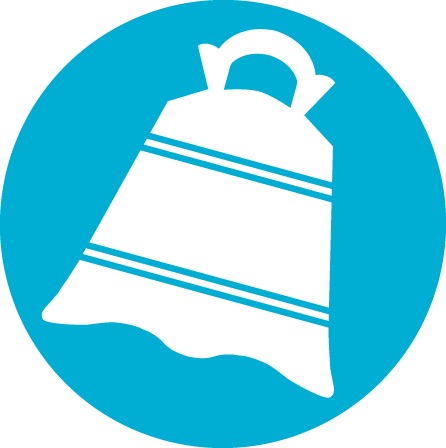- Other
- SEE MORE
- classical
- general
- talk
- News
- Family
- Bürgerfunk
- pop
- Islam
- soul
- jazz
- Comedy
- humor
- wissenschaft
- opera
- baroque
- gesellschaft
- theater
- Local
- alternative
- electro
- rock
- rap
- lifestyle
- Music
- como
- RNE
- ballads
- greek
- Buddhism
- deportes
- christian
- Technology
- piano
- djs
- Dance
- dutch
- flamenco
- social
- hope
- christian rock
- academia
- afrique
- Business
- musique
- ελληνική-μουσική
- religion
- World radio
- Zarzuela
- travel
- World
- NFL
- media
- Art
- public
- Sports
- Gospel
- st.
- baptist
- Leisure
- Kids & Family
- musical
- club
- Culture
- Health & Fitness
- True Crime
- Fiction
- children
- Society & Culture
- TV & Film
- gold
- kunst
- música
- gay
- Natural
- a
- francais
- bach
- economics
- kultur
- evangelical
- tech
- Opinion
- Government
- gaming
- College
- technik
- History
- Jesus
- Health
- movies
- radio
- services
- Church
- podcast
- Education
- international
- Transportation
- kids
- podcasts
- philadelphia
- Noticias
- love
- sport
- Salud
- film
- and
- 4chan
- Disco
- Stories
- fashion
- Arts
- interviews
- hardstyle
- entertainment
- humour
- medieval
- literature
- alma
- Cultura
- video
- TV
- Science
- en
Learning Disrupted?: The Future of K-12 Education after a Pandemic

b'This March, many Ohio students will return to the classroom for the first time in a year, after schools first shut down because of COVID-19 last spring. Teachers, administrators and parents have worked tirelessly to educate these students, but most agree that remote instruction simply cannot replace the learning done in-person with a teacher and student face-to-face. Some educators and policy makers, fear that, for some students, the educational and social losses that have occurred as a result of remote learning are steep and will be hard to surmount.\\\\r\\\\n\\\\r\\\\nOhio Governor Mike DeWine recently asked all Ohio public school districts to formulate and submit a plan to address the educational losses of the past year by April 1st. Some suggestions have included extended school-day hours, more tutoring, adding days to the beginning or end of the school year, or the creation of robust summer learning programs. This request comes just a few weeks after the Ohio Department of Education published a solemn report on literacy statistics in the state: Almost half of literacy tests administered to kindergarteners revealed that these students scored "not on track," and third grade reading proficiency rates dropped by eight percentage points.\\\\r\\\\n\\\\r\\\\nJoin us as national and regional educators discuss what learning loss is, how severe its effects really are, and what school districts are doing to mitigate it. We\'ll also discuss what teachers, parents and students may have gained educationally during the pandemic.'